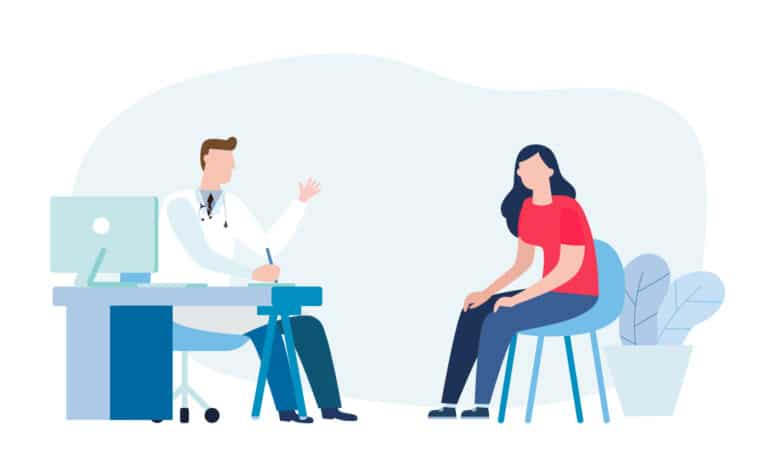Vitamin E is an antioxidant essential for the nervous, cardiovascular, reproductive, musculoskeletal and other systems to work properly. It may help prevent diseases like cancer, cardiovascular disease, diabetes and cognitive decline. However, nearly 90% of American adults don’t get enough vitamin E to meet recommended daily requirements.
Vitamin E sources to boost your intake
To get more vitamin E, try these foods:
- Nuts, especially almonds and hazelnuts
- Vegetable oils (like sunflower, safflower, soybean and wheat germ)
- Seeds, like sunflower seeds
- Leafy vegetables (spinach or chard)
Vitamin E is fat-soluble, so you’ll need it with some form of fat; otherwise, it won’t be absorbed or used efficiently. For example, add nuts or a homemade salad dressing made with oil to increase the absorption of vitamin E.
If you prefer a supplement, talk with your doctor first and then look for a multivitamin or a single supplement that provides 12 to 15 mg of vitamin E.
Vitamin E also works alongside vitamin C, so sufficient levels of vitamin C are important too for optimizing vitamin E activity in the body.
When this isn’t enough
High levels of vitamin E circulating in the blood are not necessarily an indicator that your body has enough vitamin E, or that it is used appropriately.
Do you need more than others? Common health issues may make it harder for your body to use vitamin E effectively and may increase your need for more of this vitamin. These include:
- Metabolic syndrome
- High cholesterol or triglycerides
- Obesity
If you have one of these conditions, consult with your doctor to determine how to boost your vitamin E to the appropriate level.
Take action now
- Eat plenty of dietary sources of vitamin E, along with healthy fat
- Consider a supplement
- Eat vitamin C-rich foods or take a vitamin C supplement
- Work with your physician if you have a medical condition that is reducing your vitamin E levels.












